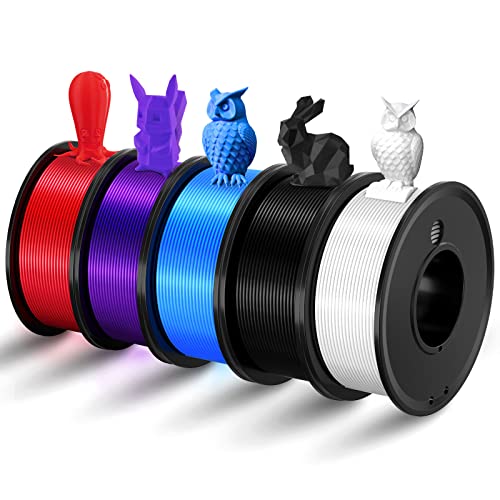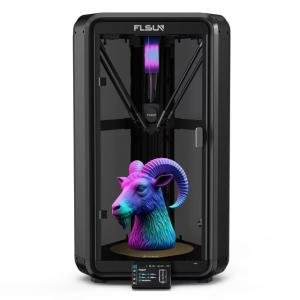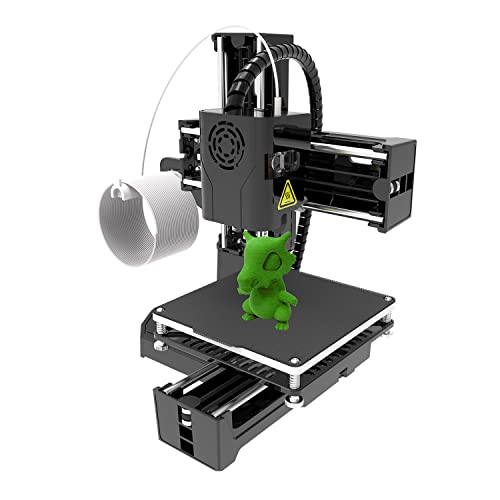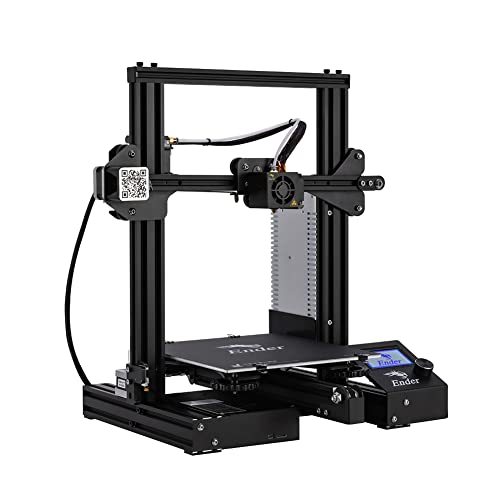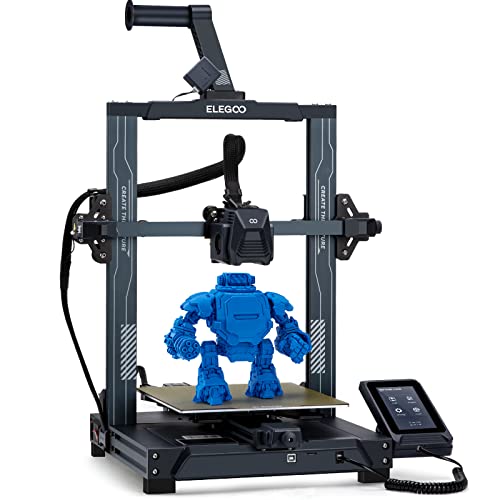When diving into 3D printer troubleshooting, it helps to know the common hiccups that can pop up. Many folks encounter a warped print bed, and that can make your prints look like they’re dancing. To fix this, start by leveling your bed. A simple tweak can make a world of difference. You might also want to check your bed surface—sometimes a fresh layer of tape or a new glass sheet can do wonders.
Stringing can be another pesky issue. If you notice fine strands of filament connecting different parts of your print, don’t worry, you’re not alone. This usually happens when your nozzle temperature is too high or your retraction settings aren’t quite right. Try lowering the temp a bit or adjusting the retraction distance in your slicer settings to clean up those prints.
Then there's the dreaded clog. Nothing slows down your printing like a stubborn clog in the nozzle. If you’re not getting any filament, it’s time to investigate. Heat up the nozzle and gently push some filament through. If that doesn’t work, you might need to take the nozzle off and clean it. A good habit to get into is regularly checking and cleaning your nozzle to avoid future headaches.
Don't forget about layer adhesion! If your layers aren’t sticking together, your print might fall apart before it’s finished. This could be due to a low printing temperature or even a draft hitting your print. Bring up the temperature a notch and make sure your printer is in a stable environment. Just a few small changes can bring about solid results in your 3D printer troubleshooting adventures.
Tips for Quick Print Fixes
Sometimes your 3D printer can throw a curveball, but don’t worry! Here are some quick tips to help you tackle common issues without breaking a sweat.
First off, check your bed level. An unlevel print bed is like trying to bake a cake on a slope; it just won't work out well. Use a piece of paper to determine the gap between the nozzle and the bed. Slide it back and forth; when you feel a little resistance, you're in the sweet spot.
If you notice filament not sticking, make sure your print surface is clean. Dust, grease, or leftover residue from previous prints can cause adhesion problems. Just wipe it down with a bit of isopropyl alcohol. If that doesn’t help, consider using a glue stick or tape for extra grip.
Sometimes you might see stringing, those pesky little threads connecting parts of your print. To fix this, lower the print temperature a bit or increase the retraction settings in your slicer. A quick test print will help you find the best balance.
Finally, don't forget about your filament storage. Humidity can mess with your filament, making it absorb moisture and affecting print quality. Keep it in a dry box or vacuum-sealed bag to keep it fresh. A little prevention goes a long way in 3D Printer Troubleshooting!
Haosegd PLA 1.75mm 3D Printer Filament Bundle - 5 Colors
Experience vibrant and smooth 3D printing with the Haosegd PLA 1.75mm 3D Printer Filament Bundle featuring 5 colors
Product information
$28.99
Product Review Score
4.45 out of 5 stars
168 reviewsProduct links
Step by Step Troubleshooting Guide
Getting stuck with your printer? Don’t sweat it! Here’s a simple step-by-step guide for 3D printer troubleshooting that’ll help you get back on track in no time.
First, let's make sure your printer is set up right. Check the following:
If everything seems fine but you're still having issues, it’s time to look at the print bed. A bad first layer can ruin your print. Try leveling the bed if:
Let’s talk about the filament itself. Make sure you’re using the right type and quality for your printer. If your prints are coming out messy, check for:
If all else fails, the software could be the issue. Make sure your slicer settings are correct. Export your file again and see if the problem persists. You’ve got this! Keep those tips handy for effective 3D printer troubleshooting, and you'll be printing like a pro in no time.
FLSUN T1 Pro Delta 3D Printer - Fast & Smart
Experience speedy printing with smart features that make creating your designs a breeze
Product information
$599.00 $459.00
Product Review Score
4.09 out of 5 stars
49 reviewsProduct links
Preventing Future 3D Printing Issues
3D printer troubleshooting doesn’t just stop at fixing immediate issues. You also want to prevent future headaches. Here are some tips to keep your printer running smoothly and efficiently.
First things first, maintain your printer regularly. Dust and debris can cause big problems, so make it a habit to clean the print bed, nozzles, and surrounding areas. A quick wipe-down with a soft cloth does wonders. For the nozzle, run a cleaning filament through it every now and then to prevent clogs.
Don’t forget to check your filament. Storing it correctly is a game-changer. Keep it in a cool, dry place and sealed to protect it from humidity. Bad filament can lead to poor print quality, which circles back to 3D printer troubleshooting down the line. If you notice any brittleness or discoloration, it’s time for a replacement.
Lastly, always keep an eye on your printer’s settings. Double-check temperature settings and layer heights before starting a new project. Matching these settings to the filament type can help avoid issues. Every material has its sweet spot, so take a moment to look it up!
Staying on top of these small tasks can save you from big 3D printer troubleshooting headaches later on. It’s all about being proactive, and you’ll thank yourself for it when you have smooth prints rolling in!
